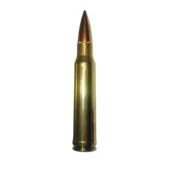.375 Rugervs.375 Dakota
Head to Head Comparison



0%
Critic Rating
0 Reviews
Critic Rating
2 Reviews

0%
User Rating
0 Reviews
User Rating
2 Reviews

0%
Critic Rating
0 Reviews
Critic Rating
2 Reviews

0%
User Rating
0 Reviews
User Rating
2 Reviews
Gun Specifications
Specification
.375 Ruger
.375 Dakota
.375 Ruger Best Deals
.375 Dakota Best Deals
Suggested Comparisons
vs
vs
vs
vs
vs
vs
vs
vs
vs